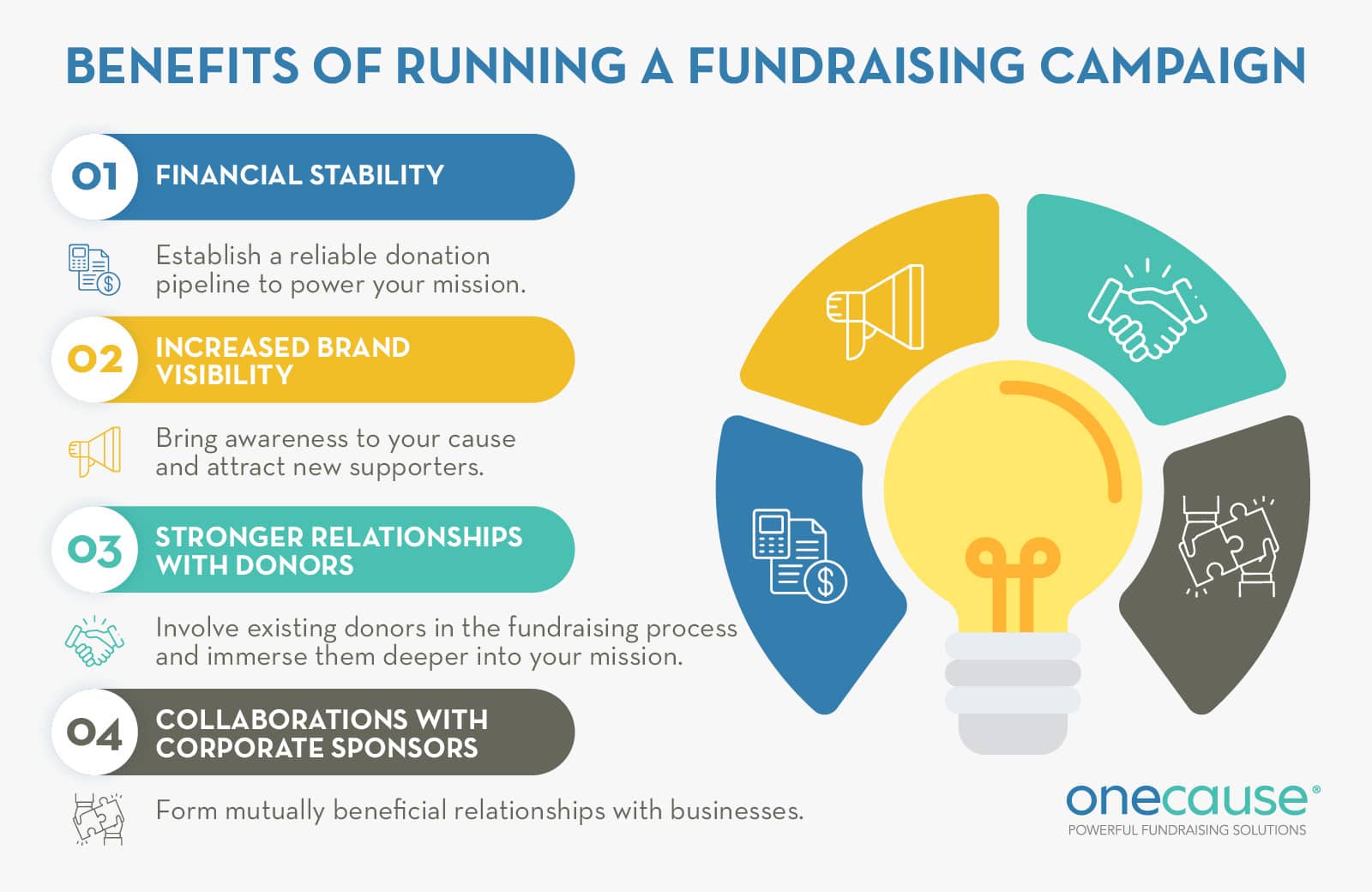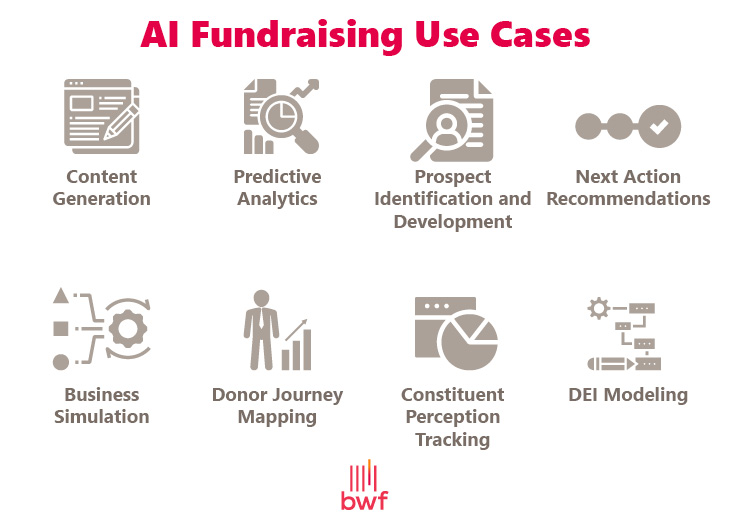Online Fundraising: Effective Digital Campaigns for Nonprofit Success
Online Fundraising: Effective Digital Campaigns for Nonprofit Success
Blog Article
The Role of Area Engagement in Nonprofit Fundraising: Building Lasting Relationships for Lasting Assistance
Area involvement is increasingly recognized as an important element of effective nonprofit fundraising. By cultivating real relationships with regional stakeholders, organizations can cultivate count on and loyalty, which are crucial for lasting assistance. However, the approaches and approaches employed to engage areas differ widely, increasing important questions regarding performance and effect. What are the very best techniques for growing these essential connections, and how can nonprofits gauge their success in this field? Recognizing these dynamics could significantly affect the future of fundraising initiatives and the overall goal of nonprofit organizations.
Comprehending Area Involvement
Community interaction is an important element of effective not-for-profit fundraising efforts. It refers to the methods and activities that companies utilize to get in touch with their neighborhood neighborhoods, cultivating connections that are mutually useful. Comprehending neighborhood engagement entails identifying its multifaceted nature, that includes cooperation, outreach, and participation. Nonprofits have to recognize crucial stakeholders-- such as neighborhood members, regional services, and other organizations-- to create efficient engagement approaches.
Efficient neighborhood engagement is asserted on active listening and responsiveness to the demands and passions of the area. This process includes getting responses, understanding community characteristics, and guaranteeing that the company's goal aligns with local priorities. Involving the neighborhood can take numerous kinds, including public meetings, volunteer possibilities, and collaboration campaigns, each created to motivate participation and investment in the company's goals.
Additionally, neighborhood interaction need to be approached as a continuous dialogue as opposed to an one-time initiative. By fostering a comprehensive setting where neighborhood voices are listened to and valued, nonprofits can construct a solid foundation for future fundraising endeavors. Eventually, a deep understanding of community engagement empowers organizations to develop genuine connections that enhance their overall effectiveness and sustainability.
Benefits of Strong Relationships
Strong partnerships formed with neighborhood engagement return various benefits for nonprofit fundraising initiatives. Firstly, these relationships foster depend on and trustworthiness, crucial parts in motivating contributors to contribute. When prospective supporters see a nonprofit actively involved in their area, they are most likely to rely on its goal and effect.

Furthermore, these relationships assist in efficient interaction. Nonprofits can leverage their links to share stories of impact, updates, and needs, guaranteeing that supporters remain informed and involved. This open line of communication not only reinforces bonds but also motivates word-of-mouth promo, broadening the nonprofit's reach.
Last but not least, strong area connections can attract brand-new partners and sponsors. Businesses and people are a lot more inclined to straighten with companies that demonstrate purposeful neighborhood participation, giving added resources and support that can substantially improve fundraising capacities. Thus, growing durable relationships via neighborhood engagement is essential to a not-for-profit's description long-term fundraising success.
Strategies for Reliable Involvement
How can nonprofits properly engage their areas to improve fundraising efforts? Routine updates, involving web content, and calls-to-action can galvanize area interest and participation.
2nd, organizing neighborhood occasions, such as workshops, volunteer chances, or fundraising drives, helps with in person communication, allowing nonprofits to showcase their impact and efforts. These events not just raise funds however also grow connections and enable neighborhood participants to involve straight with the reason.
Third, implementing personalized communication methods can improve involvement. Tailoring messages to certain benefactor sections based upon interests and past contributions fosters a sense of belonging and investment in the company's mission.
Finally, creating partnerships with regional organizations and neighborhood leaders can magnify outreach initiatives. Collective initiatives can improve exposure and trustworthiness, demonstrating a collective dedication to the area's wellness. By incorporating these methods, nonprofits can construct lasting relationships that boost fundraising initiatives and drive sustainable assistance.
Measuring Involvement Success
While engaging the community is vital for successful nonprofit fundraising, determining the efficiency of these engagement initiatives is similarly crucial. Developing clear metrics enables companies to analyze exactly how well they are connecting with their target market and achieving their fundraising goals. Secret efficiency indicators (KPIs) such as contributor retention prices, volunteer engagement degrees, and engagement on social networks systems provide substantial data for evaluation.
Routinely evaluating these metrics enables organizations to pivot their approaches when required, ensuring that community engagement remains aligned with their overall mission. Furthermore, sharing these results with stakeholders promotes openness and constructs depend on, motivating additional community participation. Inevitably, a durable measurement structure not only informs future fundraising campaigns yet likewise enhances the relationship in between the not-for-profit and its advocates, laying the foundation for sustainable success.
Study in Community Effect
Numerous situation research studies illustrate the extensive influence that area interaction can have on nonprofit fundraising success. One notable example is the "Something to chew on" initiative, where a neighborhood food bank partnered with schools and click here to find out more services to host area suppers. These occasions not just elevated funds however also promoted a feeling of belonging among participants, substantially enhancing donor retention prices.
One more engaging case is the "Environment-friendly Spaces Project," which entailed regional residents in the revitalization of metropolitan parks. This effort not just gathered economic support from regional organizations but additionally cultivated a volunteer base that contributed wikipedia reference to continuous maintenance and shows. The sense of ownership and pride amongst neighborhood participants translated right into sustained contributions.
In the world of arts, the "Art for All" campaign effectively engaged local artists and clients to develop joint art installations, causing raised visibility and donations for a local arts nonprofit.
These instances highlight that when nonprofits prioritize area participation, they can develop lasting connections that improve fundraising efforts, making certain sustainable support and cultivating a vibrant area society. Such instances demonstrate that neighborhood interaction is not merely a strategy but a crucial pillar of not-for-profit success.
Conclusion
To conclude, neighborhood interaction is important to the success of not-for-profit fundraising initiatives. By fostering strong relationships with neighborhood stakeholders, organizations enhance trust and trustworthiness, leading to improved contributor retention and commitment. Applying effective interaction methods and measuring their impact ensures that nonprofits can adjust and grow. Ultimately, a robust foundation of community assistance not only amplifies fundraising prospective but likewise grows a society of partnership, necessary for achieving long-lasting organizational goals and maintaining significant impact.
Nonprofits should determine essential stakeholders-- such as area members, regional services, and various other companies-- to develop effective engagement techniques.

In verdict, neighborhood engagement is important to the success of nonprofit fundraising initiatives.
Report this page